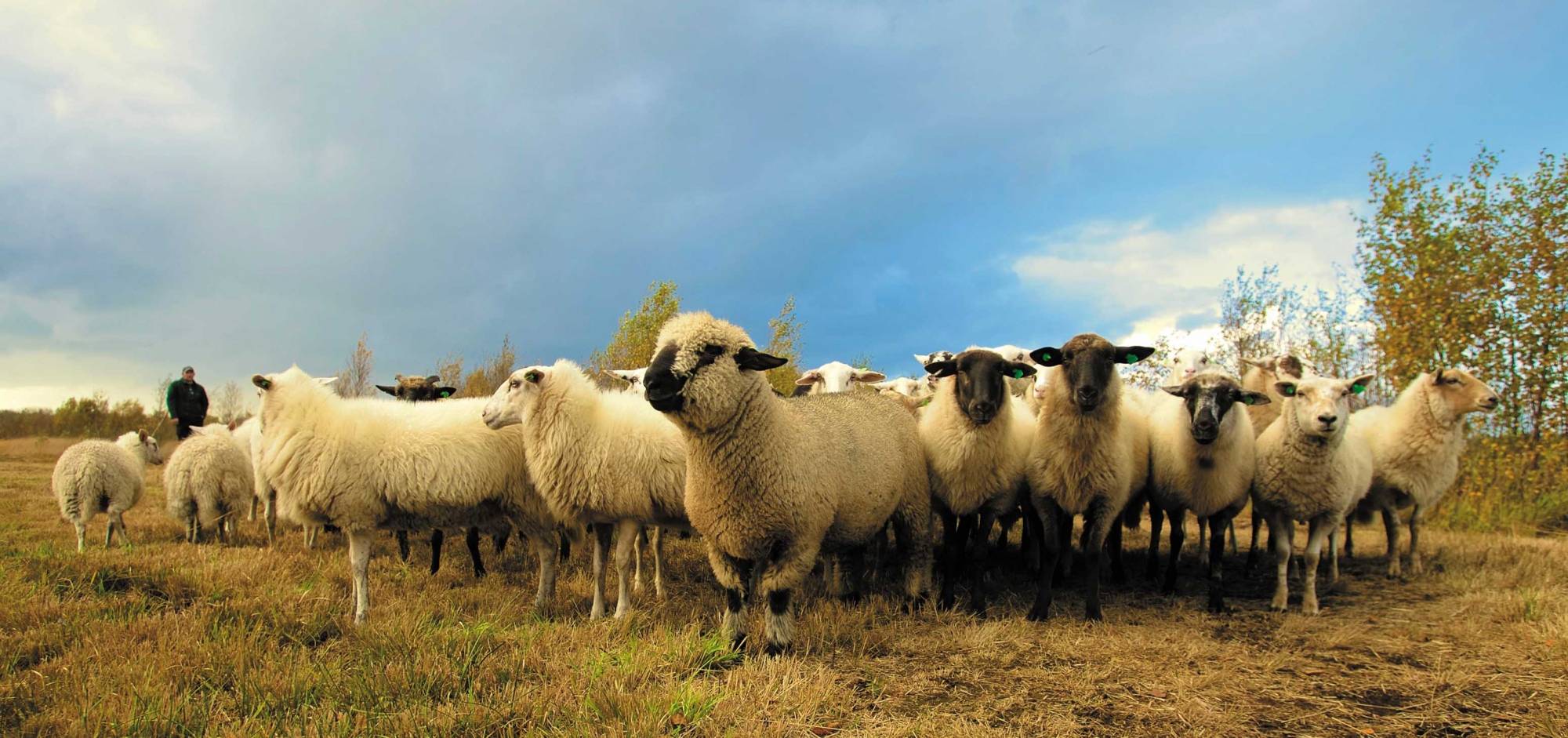Clostridial diseases are significant killers of livestock. Some exist as spores in the soil for decades and others survive for a lifetime in otherwise healthy carriers.
The 5 common clostridial diseases are; Pulpy Kidney, Tetanus, Blackleg, Malignant Oedema and Black Disease.
Bacteria are spread between animals in faeces and soil, either by way of ingestion or contaminated open wounds. Because the bacteria are everywhere, all stock are exposed. Risk factors, which make an animal more likely to get diseased, include:
- Reduced immunity due to no vaccination programme, insufficient colostrum intake or undernourished animals.
- Injury or wound infection due to bruising, castration, tailing, teething, fighting, yarding.
- Liver damage due to facial eczema or liver fluke.
At lambing, ewes and lambs are mainly at risk of blood poisoning. Prelamb clostridial vaccination will protect both ewe and lamb during this risk period. Vaccinating prelambing not only protects the ewe but also markedly increases the antibodies in the ewe’s blood so she can concentrate these protective proteins in her colostrum. Vaccinating ewes should be timed for when she is forming her colostrum, about 2 – 3 weeks prior to lambing.
A lamb is born without antibodies and must receive colostrum to be protected. They are only able to absorb the antibodies into their bloodstream within the first few hours following birth.
At docking lambs are susceptible to Pulpy Kidney and Tetanus and therefore should be vaccinated to prevent disease and death at this time. Lambs that have not been born to prelamb vaccinated ewes must be vaccinated with Lamb Vaccine at docking. Although lambs that are born to vaccinated ewes are considered covered for this period, there is evidence to show that the added protection of Lamb vaccine is beneficial, as disease may still occur. Lamb vaccine is a temporary three-week vaccine that covers the lambs for tetanus and pulpy kidney.
Lambs should then receive the recommended lamb programme consisting of:
a. 5 in 1 sensitiser at 3 months old
b. 5 in 1 booster at 4 months old.
If hoggets received the recommended lamb programme and are not lambing then it is not necessary to vaccinate.
2 tooths and ewes who are lambing and received the recommended lamb programme should be vaccinated 2 – 3 weeks before planned start of lambing.
For advice on Hoggets, 2 tooths and Ewes who did not receive the recommended lamb programme and further information on vaccinating, please contact your nearest vet centre.






